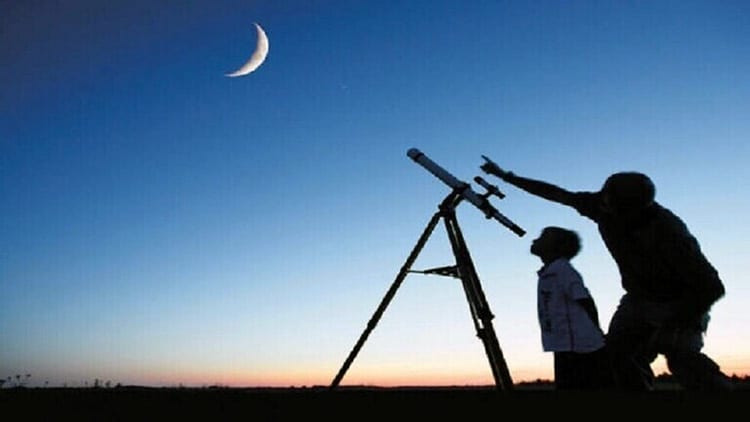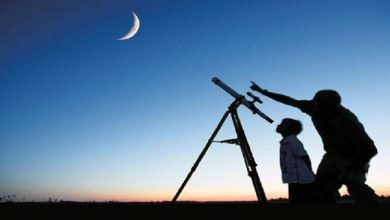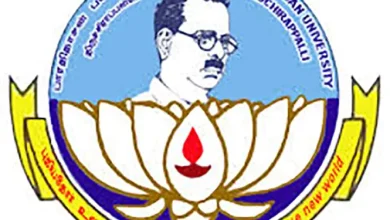What day is Eid al-Fitr 2025 in Australia?

Eid al-Fitr, the “festival of breaking the fast,” marks the conclusion of Ramadan, the Islamic holy month of fasting. In Australia, the exact date of Eid al-Fitr is determined by lunar observations and the sighting of the new moon. For 2025, the Australian Fatwa Council has announced that Monday, March 31, 2025, will be the first day of Eid al-Fitr
What day is Eid al-Fitr 2025 in Australia?
Eid al-Fitr is a significant occasion for Muslims in Australia, characterized by communal prayers, festive meals, and charitable activities. It’s a time for gratitude, community bonding, and spiritual reflection. While not a federal public holiday in Australia, many Islamic businesses and organizations may adjust their operating hours during this period.
Australia’s Crescent Moon Sighting Committee has confirmed that Eid al-Fitr 2025 will begin on Monday, March 31, following the sighting of the new crescent moon.
The beginning of Shawwal 2025 in Australia
This date is established based on astronomical calculations indicating that the Shawwal crescent moon will not be visible before sunset on March 29, 2025. Consequently, Ramadan will complete its 30-day cycle, leading to the celebration of Eid al-Fitr on March 31.
Eid Fitr in Australia
Eid al-Fitr is a significant occasion for Muslims across Australia, characterized by:
- Communal Prayers: Muslims gather in mosques and open spaces for special Eid prayers, fostering a sense of unity and spiritual renewal.
- Charitable Acts: Before the Eid prayer, Muslims are encouraged to give Zakat al-Fitr, a form of charity aimed at assisting those in need, ensuring that all can partake in the celebrations.
- Festive Meals: Families and friends come together to share special meals, often featuring traditional dishes that reflect the diverse cultural backgrounds within the Australian Muslim community. For instance, some popular dishes prepared during Eid include:
- Algerian Couscous: A labor-intensive dish involving steamed semolina grains served with slow-cooked vegetables and a spiced tomato sauce.
- Palestinian Ma’amoul: Semolina cookies filled with dates, walnuts, or pistachios, traditionally prepared with family members and shared among friends.
- Lebanese Khubz Harra: A spicy chili bread often enjoyed with barbecued meats and vegetables.
- Algerian Couscous: A labor-intensive dish involving steamed semolina grains served with slow-cooked vegetables and a spiced tomato sauce.
Public Life During Eid
While Eid al-Fitr is not recognized as a federal public holiday in Australia, many Islamic businesses and organizations may adjust their operating hours to accommodate the celebrations. It’s also common to experience increased activity and congestion around mosques and community centers during this period.
Muslims in Australia
Muslims constitute a significant and integral part of Australia’s multicultural society, contributing to various facets of the nation’s social, economic, and cultural life.
Population and Demographics
According to the 2021 Australian Census, 813,392 individuals identified as Muslim, representing approximately 3.2% of the total population. This marks a notable increase from previous years, reflecting the community’s steady growth.
Geographical Distribution
The Muslim population in Australia is predominantly concentrated in major urban centers:
- Sydney, New South Wales: Home to the largest Muslim community, with significant populations in suburbs such as Lakemba and Auburn.
- Melbourne, Victoria: Hosts a substantial Muslim population, particularly in areas like Broadmeadows and Dandenong.


